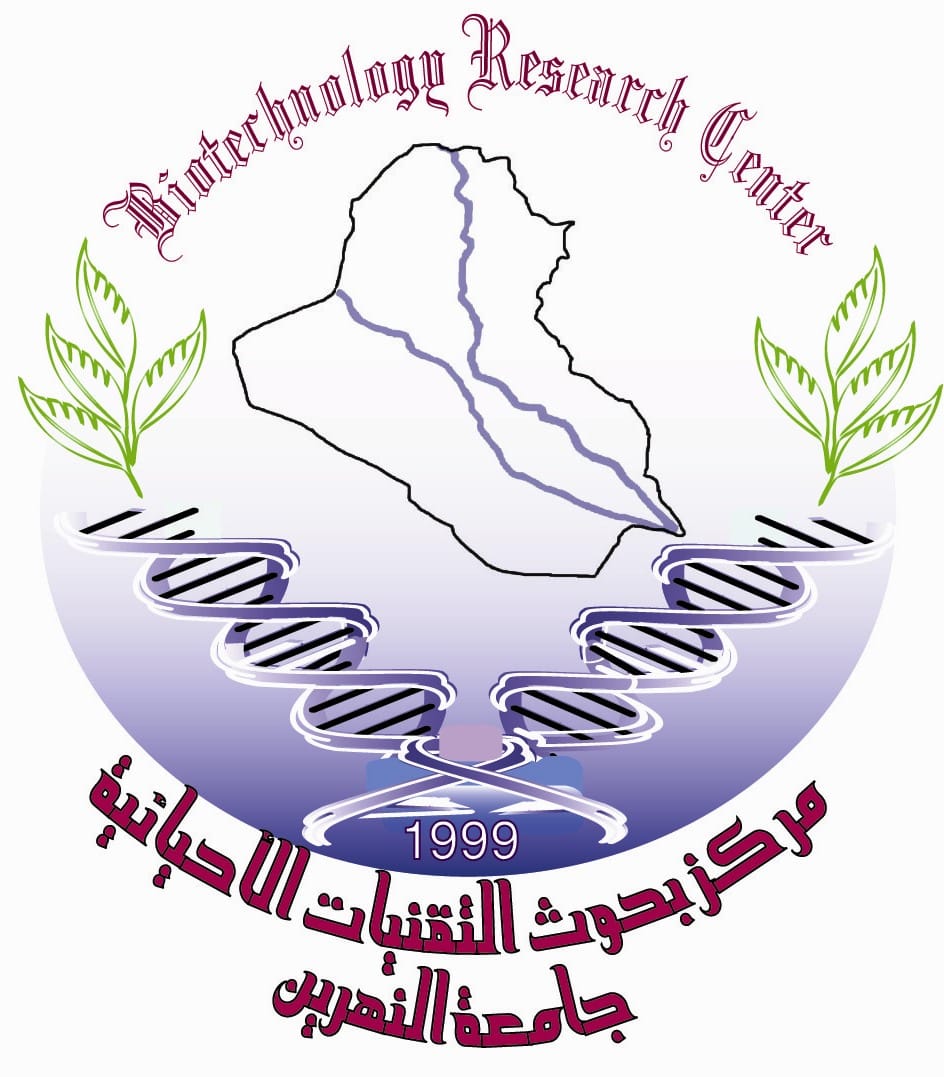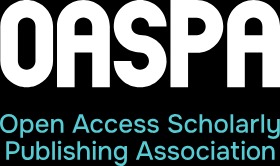Molecular epidemiology analysis of Salmonella enterica serotype Typhi used Pulsed-Field Gel Electrophoresis (PFGE)
DOI:
https://doi.org/10.24126/jobrc.2014.8.2.330Keywords:
Salmonella Typhi . sporadic Typhi . BOX-PCR . PFGEAbstract
Strain typing is an integral part of molecular epidemiology used to discern the clonality of Salmonella Typhi involved in local epidemics. The purpose of this study is to identify sporadic Salmonella enterica serotype Typhi by conventional and molecular methods that include characterization by Pulsed Field Gel Electrophoresis (PFGE) and to present molecular epidemiology analysis. Thirty isolstes of Salmonella typhi from sporadic clinical cases of typhoid fever were obtained. They represent cases from Baghdad, Basra, Babylon and Diala provinces during the period between June 2005 to July 2006. Two biotypes were obtained, 26 isolates under biotype I and four under biotype II. Two antibiogram patterns were obtained: twenty-nine isolates were susceptible to all antibiotic used while the remaining isolate was of different pattern. Plasmid profiling allowed little or no differentiation amongst these isolates. Only 4 (13.3%) isolates were found to contain plasmids which were of three patterns, the majority of strains 26 (86.7%) isolates did not show any plasmid. BOX-PCR fingerprinting has revealed 9 distinct patterns.Cluster analysis by UPGMA based dendrogram revealed six clusters with 90% similarity. Pulsed-field gel electrophoresis (PFGE) of digested chromosomal DNAs from these Salmonella Typhi isolates was performed using the restriction endonucleases XbaI (5'-TCTAGA-3') and SpeI (5'-ACTAGT-3'). XbaI-based analysis was superior to SpeI restriction patterns. PFGE fingerprinting with XbaI restriction have yielded sixteen distinct patterns. Cluster analysis by UPGMA based dendrogram revealed seven clusters with 90% similarity. PFGE fingerprinting with the comparative use of the XbaI and SpeI endonucleases have proved high discriminatory value to other molecular methods and a helpful tool for the epidemiological typing of Salmonella Typhi isolates.
Downloads
Published
How to Cite
Issue
Section
License
This is an Open Access article distributed under the terms of the creative commons Attribution (CC BY) 4.0 license which permits unrestricted use, distribution, and reproduction in any medium or format, and to alter, transform, or build upon the material, including for commercial use, providing the original author is credited.











